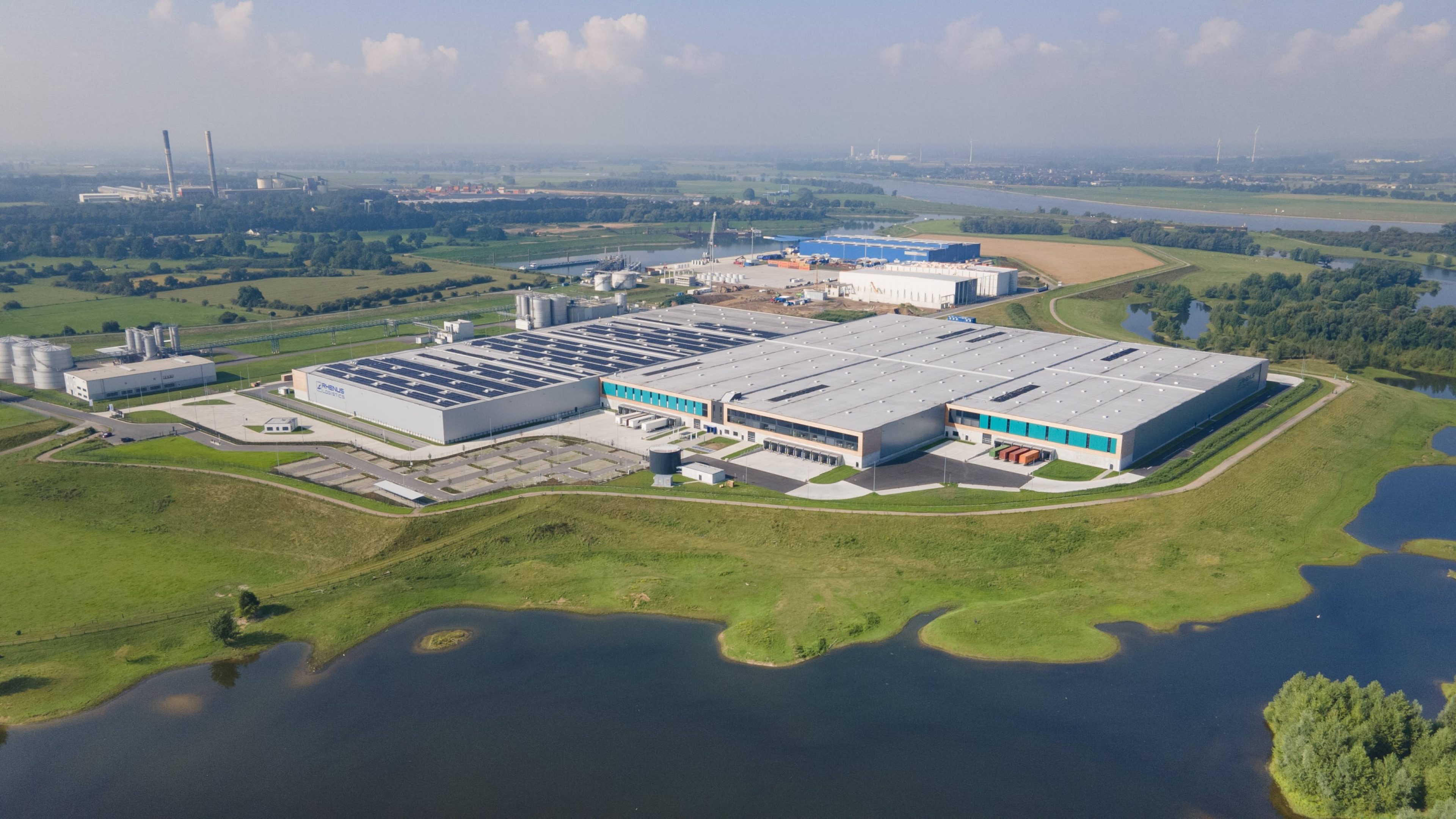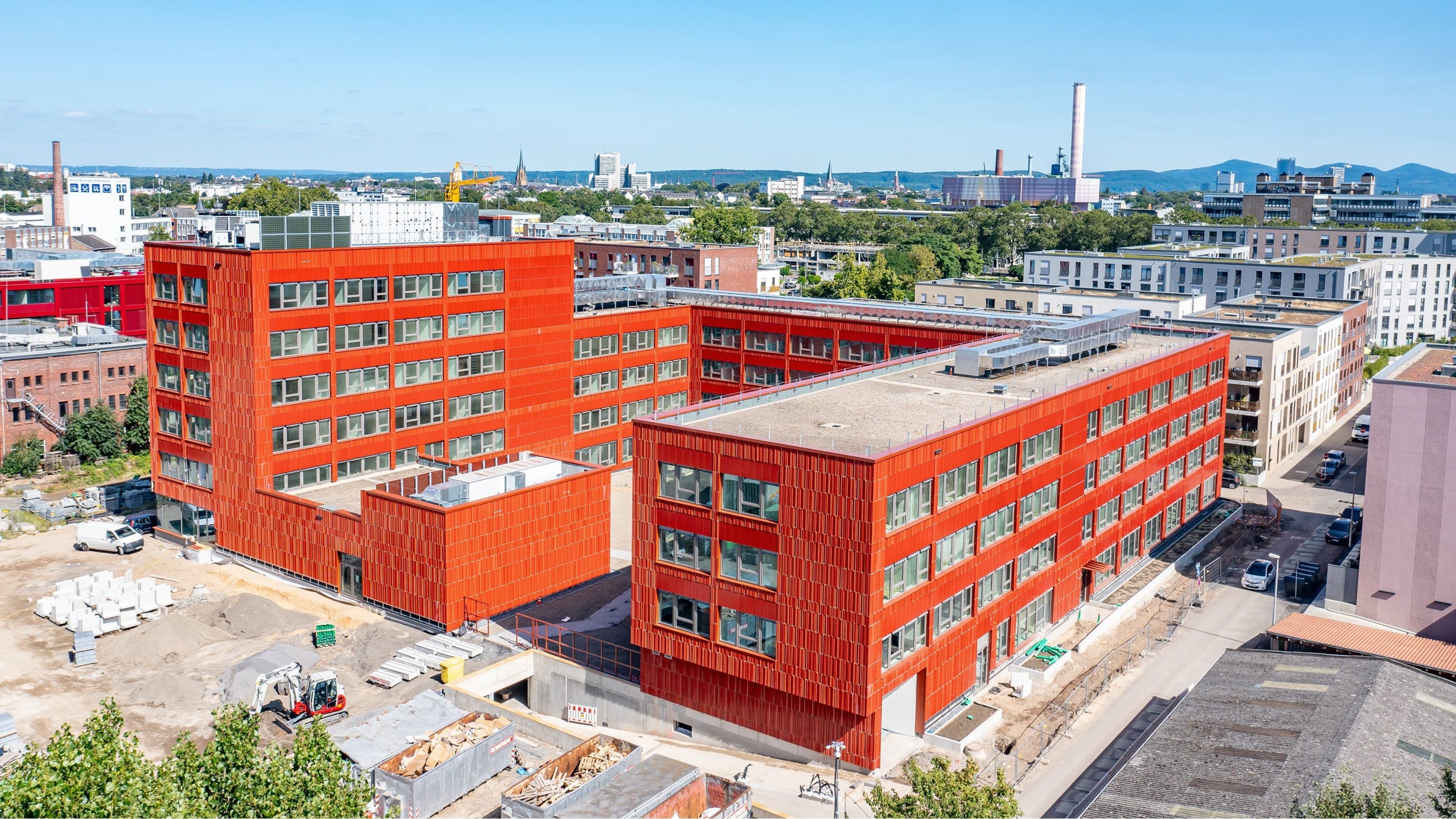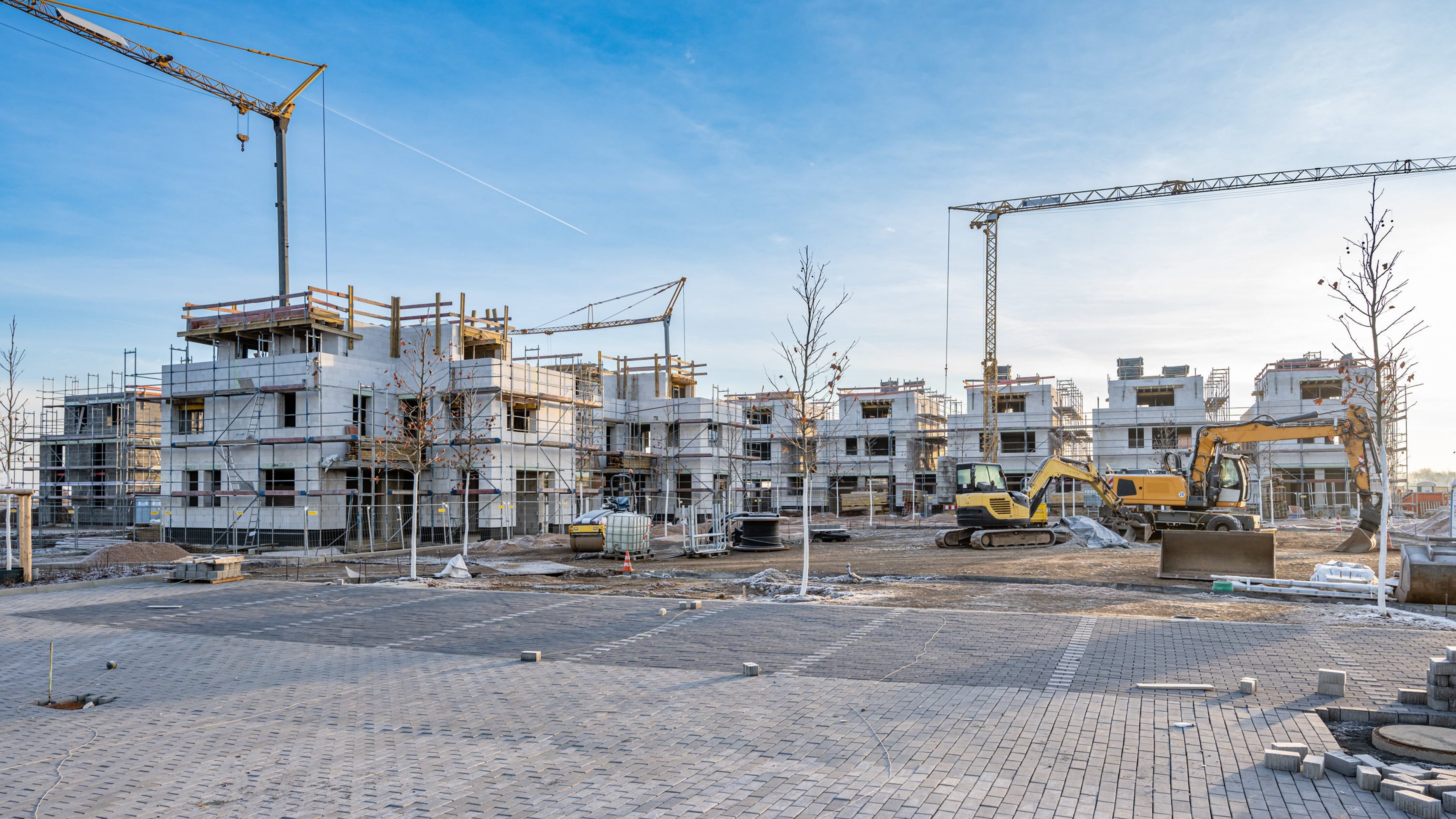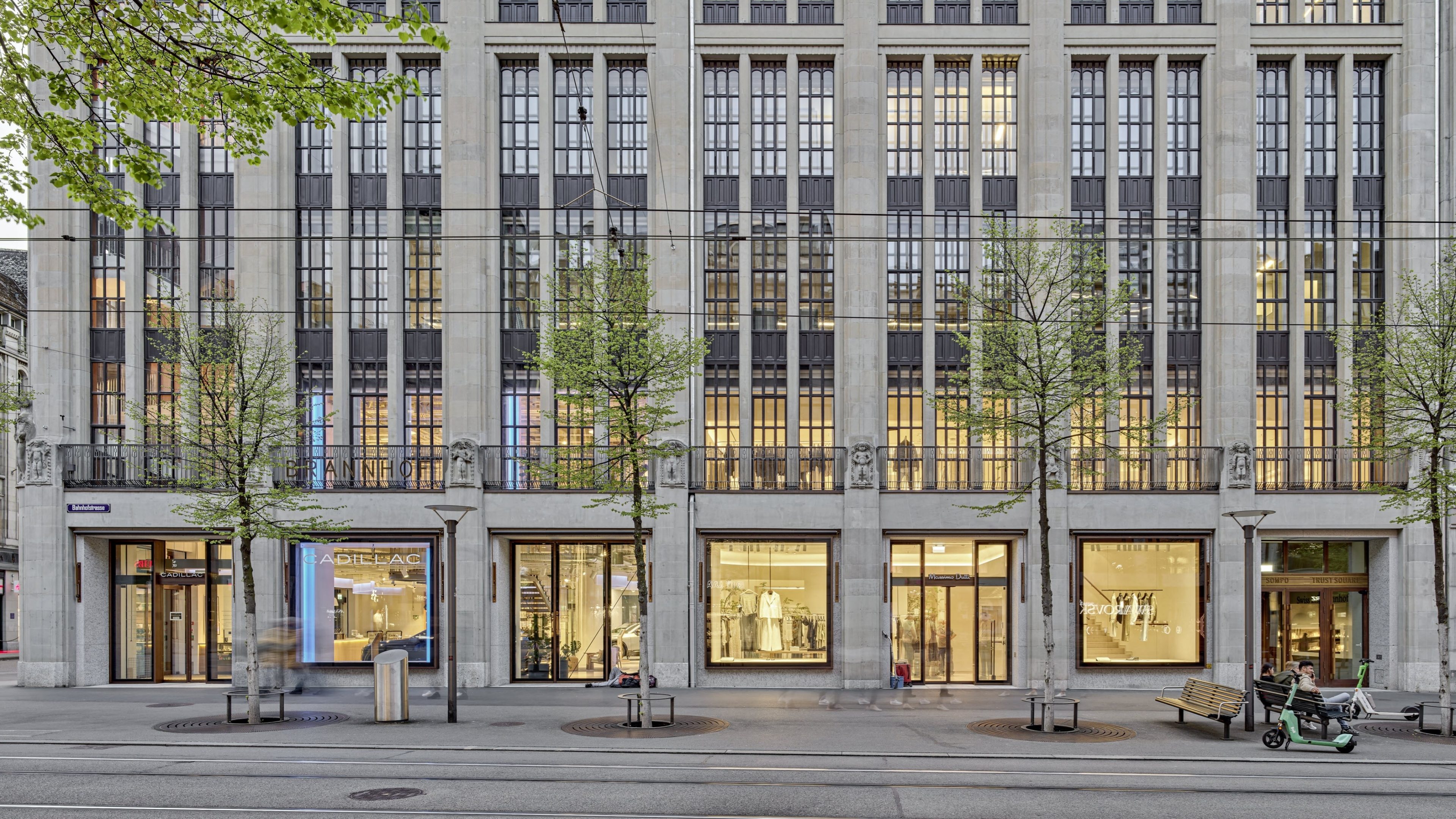The logistics asset class is an integral part of the real estate business area at Swiss Life Asset Managers. Ingo Steves, Managing Partner Logistics, explains in an interview what defines the sector and what can be expected in the field of logistics in the future.
The logistics sector has experienced a significant upturn in recent years and became an important asset class in 2023. Why is that?
A key factor is the growth of the e-commerce sector, which advanced strongly, especially during the Covid-19 pandemic. This created a strong demand for logistics. In view of the current global political situation, “friend-shoring” and “on-shoring” have also gained in importance. Logistics real estate offers a good opportunity to hedge against global risks through its warehousing offerings. In addition, the increasing division of labour has also increased the need for modern storage capacities in the economy.
How does logistics differ from other asset classes, such as commercial and residential?
When it comes to logistics real estate, it is important to know that providers are globally consistent in their development, asset management and investment efforts. Specifically, this means that the same property type is always being developed with the “big box” logistics properties. As a result, these properties have a significantly higher scalability compared to other buildings. This is also a good thing, as the demand for storage space will continue to increase in the future. Logistics properties with modern fittings are highly sought after by investors and users.
What are the current trends in the logistics real estate sector?
The integration of ESG, in particular the environmental sustainability standard, is now actively promoted and is a clear must-have. It is just as important to create added value for all parties involved – not only for the investors and customers, but also for the location. This has also led to a marked improvement in social attitudes towards logistics properties. In our “Düsseldorf Ost” project in Wülfrath, for example, we have combined these different aspects and, in cooperation with Stadtwerke Wülfrath, installed one of the largest rooftop photovoltaic systems in North Rhine-Westphalia; it covers the electricity needs of over 1650 four-person households.
What are the challenges facing the industry?
There is currently a severe shortage of space, particularly in Germany. This is particularly evident in the hot-spot regions of the logistics routes, such as the Ruhr area or the Stuttgart region. There is hardly any available space there. That makes it all the more important as an investor and developer in logistics real estate to convince municipalities of their own projects with good and sustainable arguments. Another challenge is the rise in construction costs; however, they are currently declining slightly again.
What type of logistics properties will convince customers and municipalities?
Ecological and economic sustainability plays a major role for all concerned. It is not enough just to implement the most necessary measures. ESG needs to be embedded in the DNA of the platform and thus in all projects. A municipality is interested in the long-term establishment of suitable companies and generating corresponding added value through trade tax and modern jobs in the service sector. As a developer and investor, you therefore have to address the right customers and convince them with high-quality properties in excellent locations.
How is Swiss Life Asset Managers positioned in the area of logistics?
We offer all areas of a logistics platform: from investment and project development to asset management and property management. We are thus able to cover all the needs of our customers in this area in-house. Our team has many years of experience in the logistics sector. Our aim is to establish Swiss Life Asset Managers as one of the leading pan-European providers in the logistics asset class as well.
Swiss Life Asset Managers not only has a very good reputation and decades of experience in investment and asset management, it also has the means to implement major projects thanks to its high share of equity. In this way, we offer global investors an ideal platform for the European market, high expertise, quality and security.
Which projects and successes stand out in particular?
We have been able to record some major successes recently. With our “SEED” project pipeline, we have developed five high-quality properties with a total area of approx. 250 000 m2, equivalent to the size of over 33 football pitches. In addition, we are planning further development plots with an area of approximately 1 million m2 in our next pipelines. Swiss Life Asset Managers is thus one of the strongest developers in continental Europe and one of the top five developers of logistics space in Germany.1
Last year, our “Deltaport I” project north of Düsseldorf was also honoured with the “Logix Award” as the best logistics property of 2023 and thus beat out 25 other applications. This confirms to us that, with our sustainable and customer-centric approach, we are in an excellent position and able to develop excellent real estate for the market.
One of my personal highlights is that one of the largest global investors has decided to enter into a joint venture with us. All this shows that we are currently on the right track.
What are the longer-term goals and plans?
The expansion and further establishment of the logistics platform of Swiss Life Asset Managers is our priority. We want to catch up with the current market leaders in about three years. In the long term, our ambition is to be the first choice for logistics real estate in Europe for all interested parties, whether clients or investors.
1 Bulwiengesa, Logistics Study 2023
Interview: Johannes Meiborg, Communications Manager, Swiss Life Asset Managers, Germany
Swiss Life Asset Managers is developing high-quality logistics properties and distribution parks in Europe. We create added value for all involved and see ourselves as partners of the companies that use our properties as well as of the cities and municipalities in which they are located.




